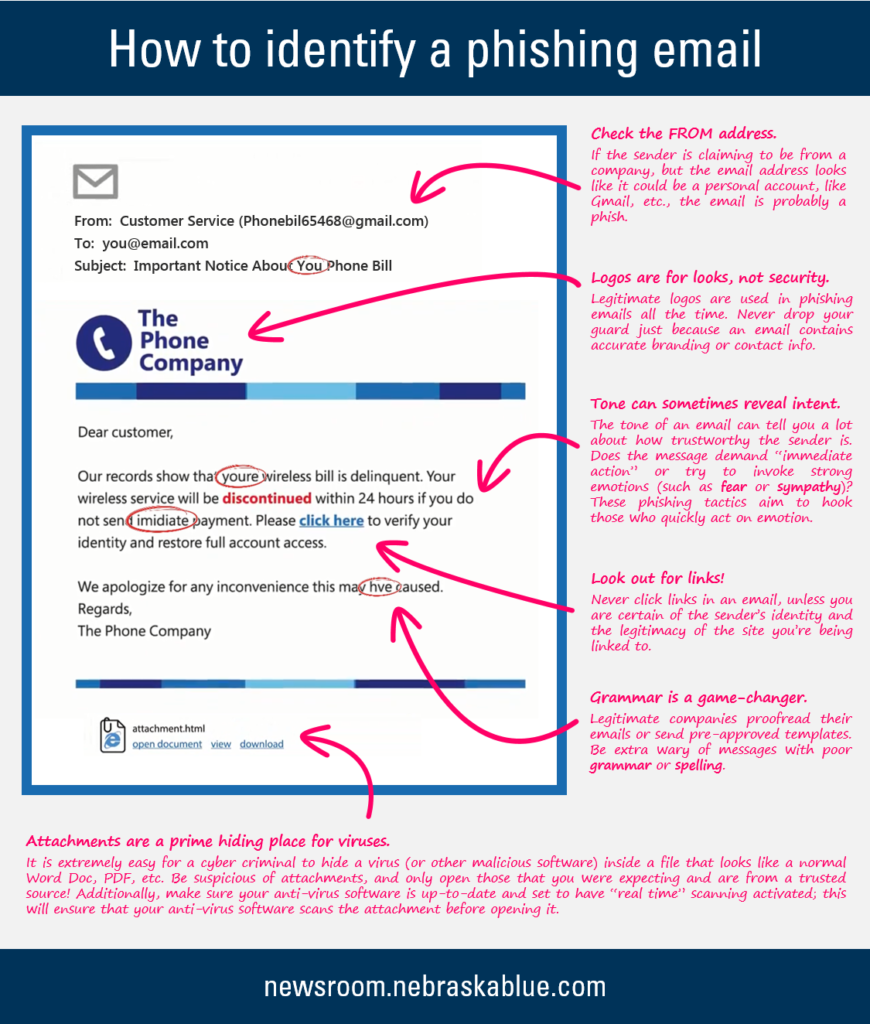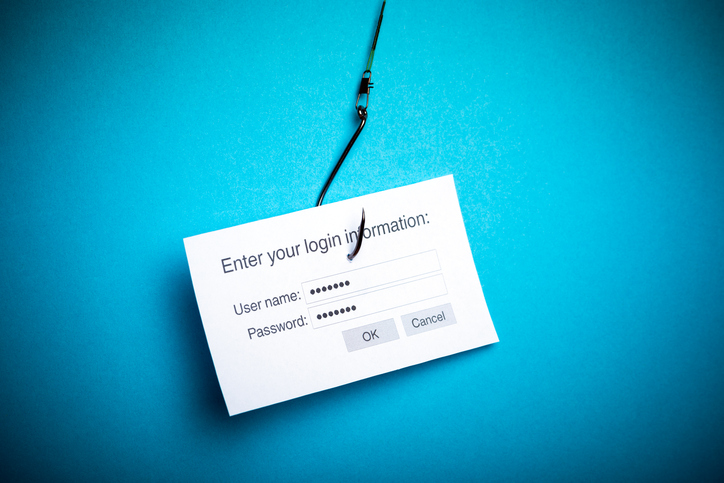Generally speaking, cyber criminals are fairly smart people—they usually take the path of least resistance to get their hands on whatever they want to steal. That’s why they continue to rely less on hacking computer systems, and more on something called social engineering — especially phishing.
Think of social engineering as hacking a person rather than a computer. Instead of taking the time and effort to hack through several layers of complex computer security, bad guys simply find people who have legitimate access to the stuff they want, and then trick those people into giving up usernames, passwords or even the sensitive information itself.
Social engineering comes in a variety of forms, the most popular of which is phishing (when someone tries to trick you into sharing personal information through email, text or other online communication). These phishing messages—and the unsafe sites they try to send you to or the malicious attachments they try to convince you to open—not only gather any sensitive information you provide, but they can also infect your computer or mobile device, compromising your privacy across apps, email and more!
How to identify a phishing email
Phishing is successful for bad guys—especially via email. So, it’s important for you to identify potential phishing messages. There are some simple things you can look for so you won’t get snagged:

A reminder for BCBSNE members
To help protect your private health and financial information, Blue Cross and Blue Shield of Nebraska (BCBSNE) will never use email to ask for your personal information. If you receive an unsolicited email that claims to be from us and is requesting personal or sensitive information (or seems a bit phishy in general), let us know immediately by calling the Member Services phone number on the back of your BCBSNE member ID card.
More information about phishing is available from the following organizations:
Learn more about the importance of protecting your online identity.





